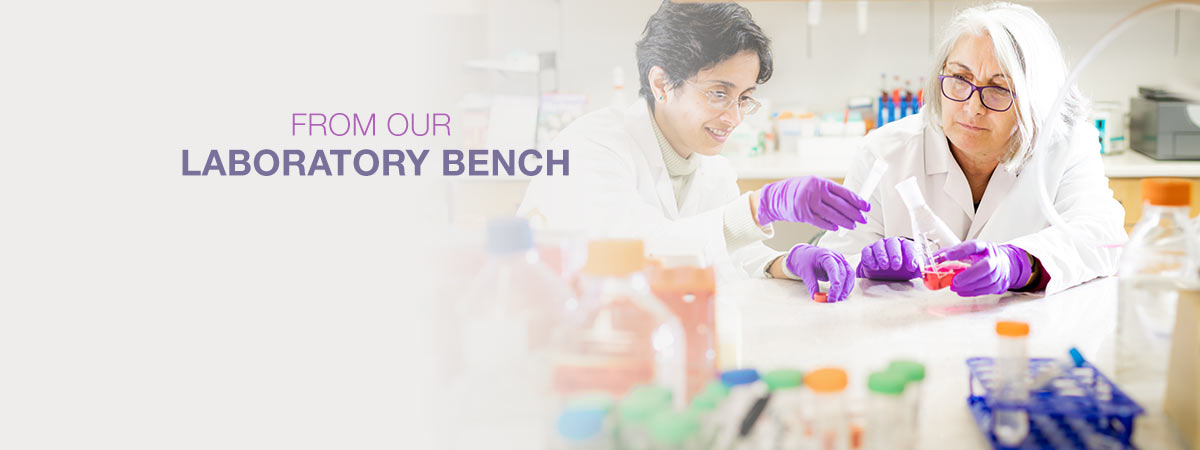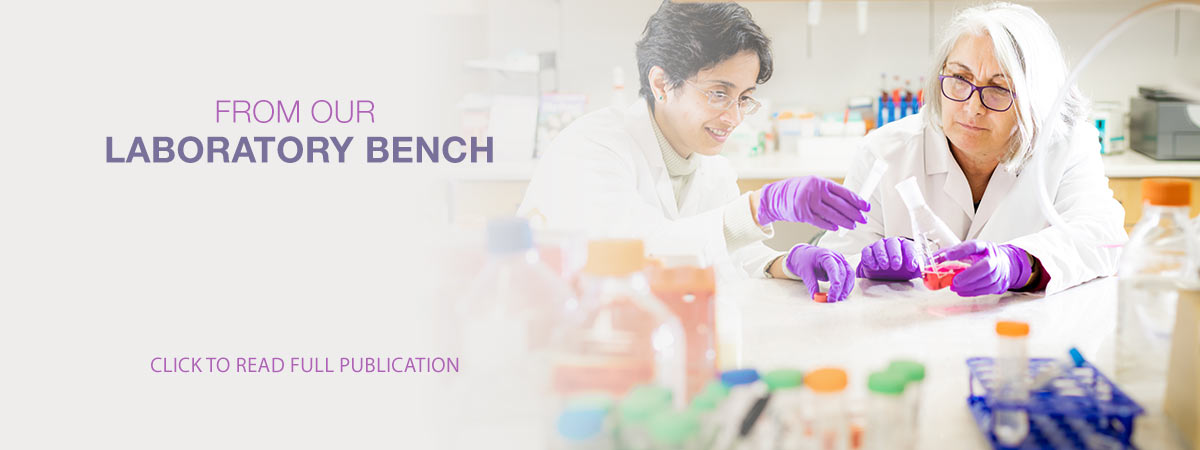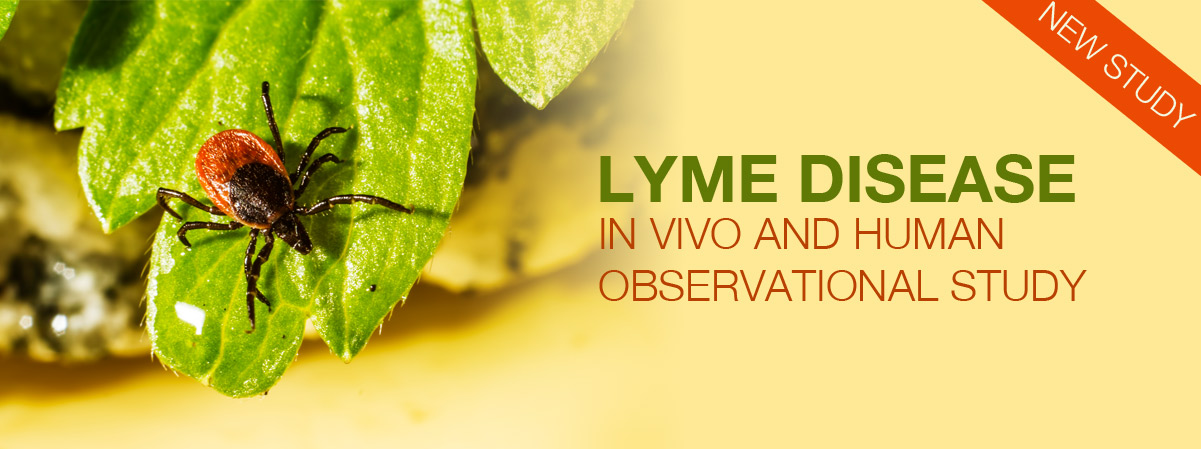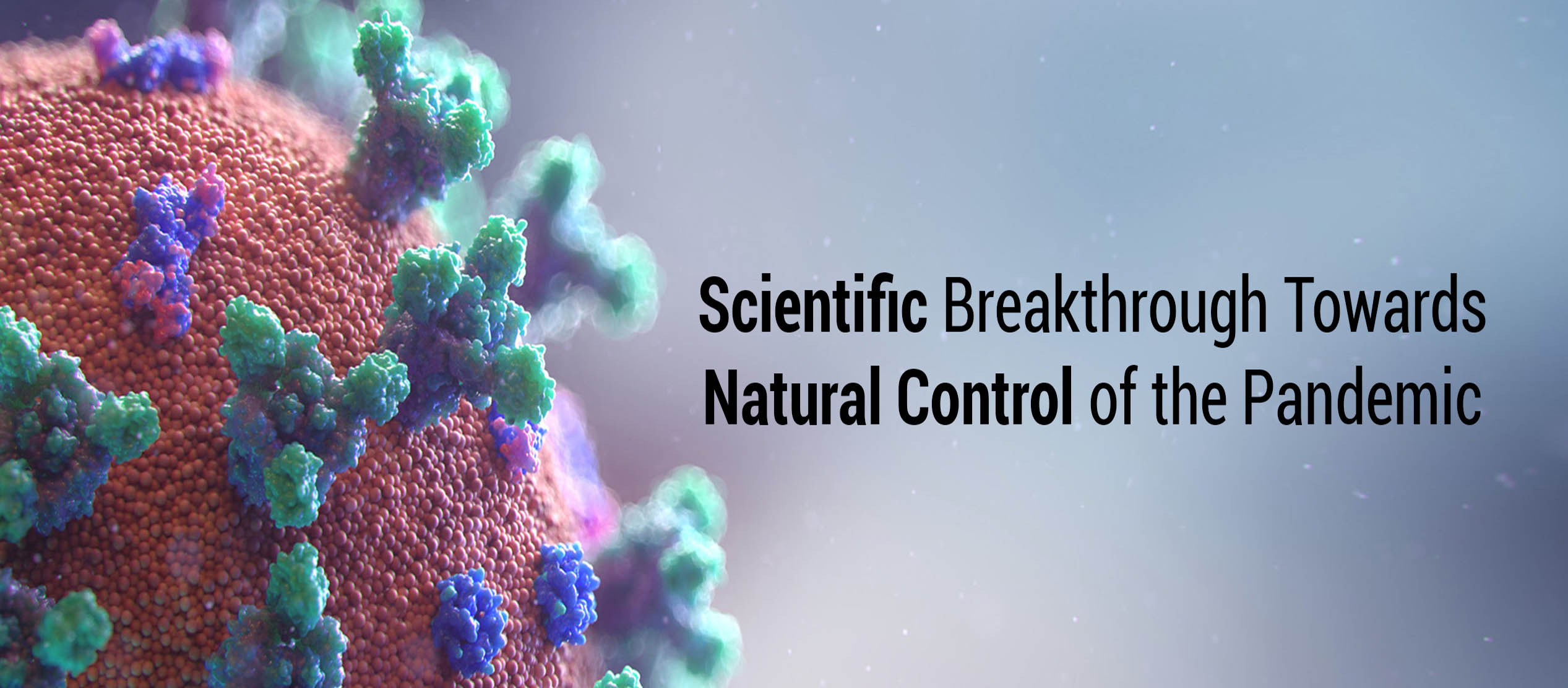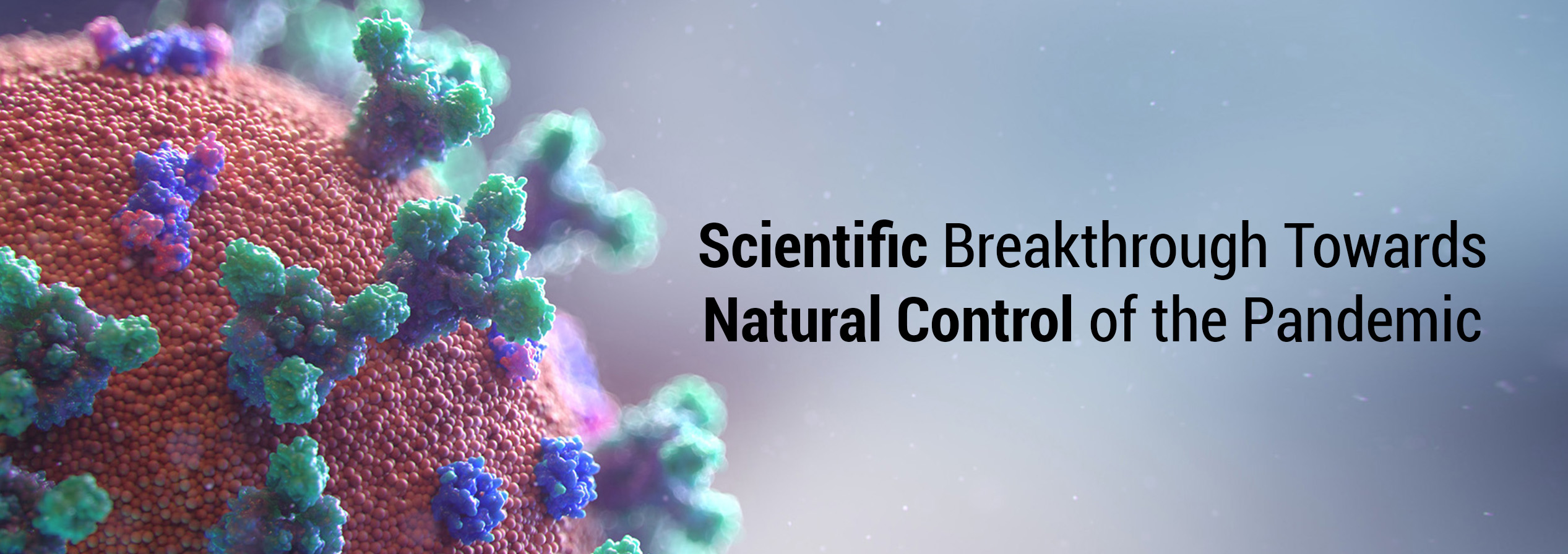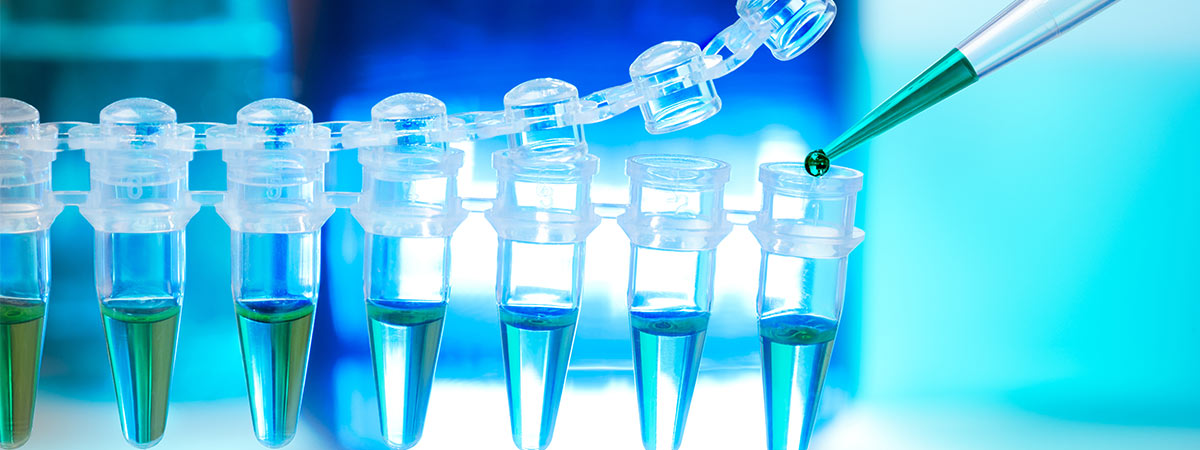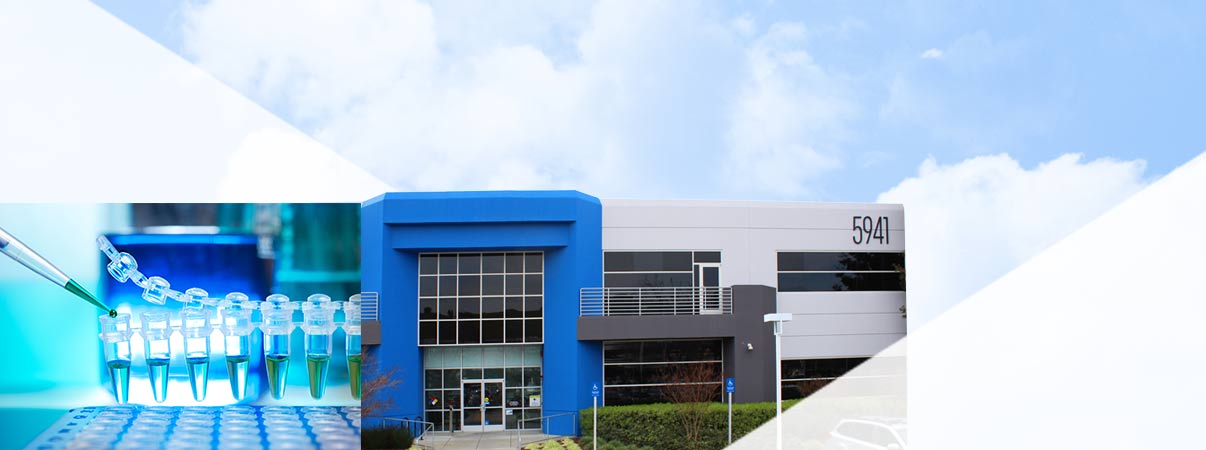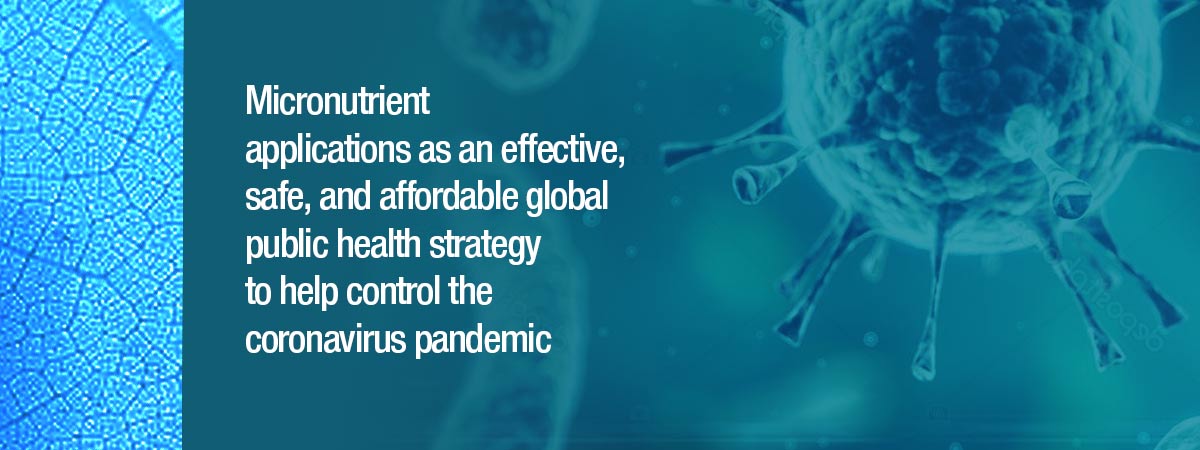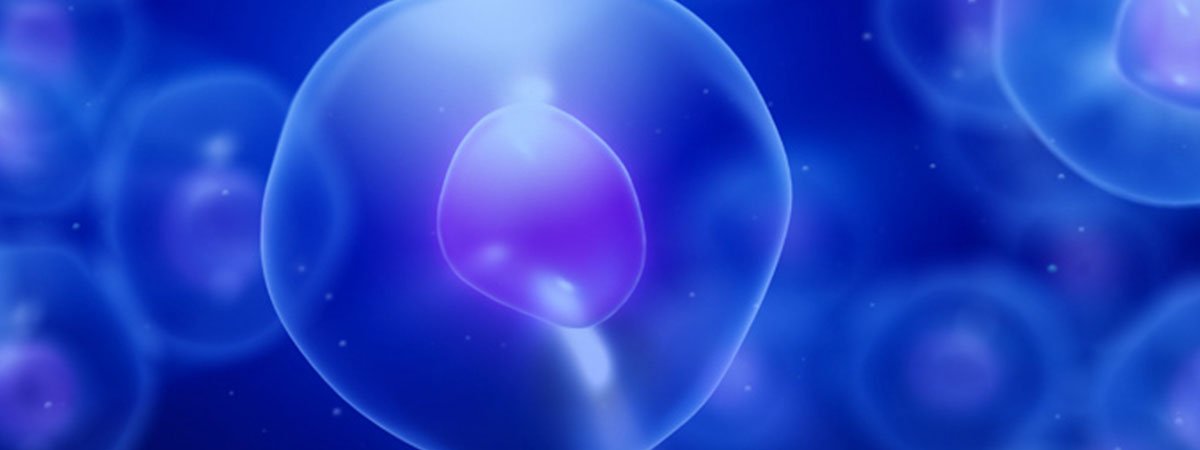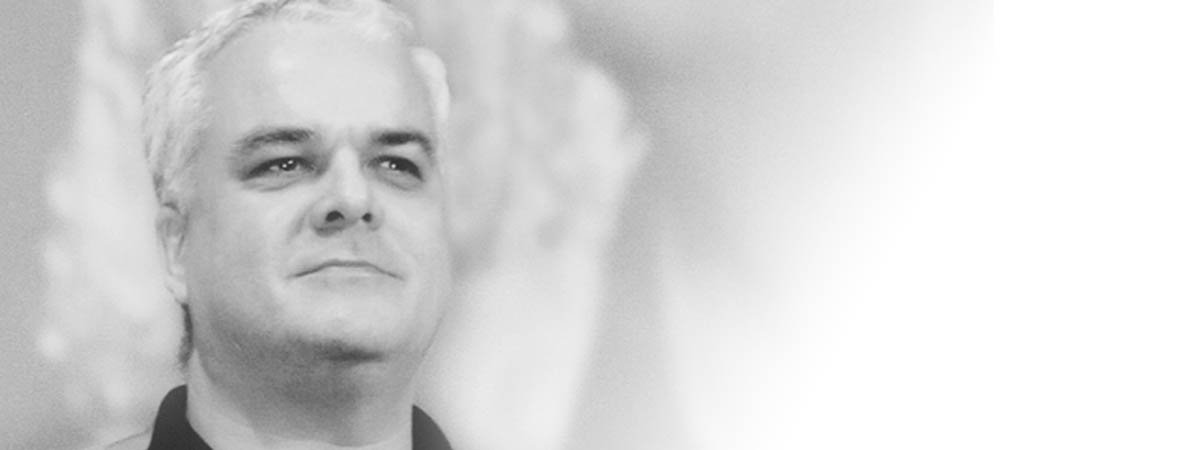V. Ivanov, S. Ivanova, A. Niedzwiecki, M. Rath
Journal of Cellular Medicine and Natural Health, June 2016
Abstract:
Objective: Seaweeds are an abundant and readily available source of both bulk nutrients and biologically active nutrients. We hypothesized that seaweed polysaccharide fucoidan could serve as a temporary substitute for ascorbic acid under conditions of vitamin C deficiency by beneficially affecting structural properties of the arterial wall.Methods: This was tested in an experimental model of cultured smooth muscle cells (AoSMC) and endothelial cells (AoEC) isolated from human aorta and cultured dermal fibroblasts (DFB) isolated from human skin. The effects of fucoidan in cultured cells were characterized by immunochemical assessment of deposition of selected extracellular matrix (ECM) proteins and glycosaminoglycans. Results: Physiological concentrations of fucoidan effectively stimulated ECM deposition of proteins, presented by collagen types I and IV, and glycosaminoglycans, presented by heparan sulfate and hyaluronic acid, by AoSMC and DFB in manner and extent comparable to corresponding actions of ascorbic acid. Activity of a combination of two nutrients did not exceed activity of the compounds applied individually. Neither fucoidan nor ascorbic acid modulated ECM components deposition by AoEC under used experimental conditions. Structural characteristics of ECM components deposited by cultured cells under influence of fucoidan remain a subject of future research. Conclusion: The results support our initial hypothesis on a capacity of seaweed sulfated polysaccharide fucoidan to possess vitamin C-like activity on ECM components production and deposition by arterial wall resident cells.
Full Study:
